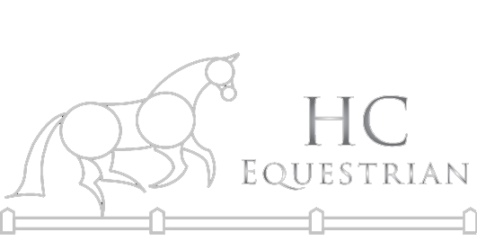Here is the blank diagram from yesterday’s post. Could you name the parts 1-9 of the hoof?
Here is a different diagram with the answers, plus more:
These are great diagrams, but they don’t address some of the most common questions I get from my students concerning their normal horses feet.  Behold the hoof of a real life horse!
Behold the hoof of a real life horse!
While I am not a farrier, I know when to call the farrier. Here are the most common questions I get about a hoof like the one pictured above.
Q: Oh my god, my horses frog is coming off!
A: Chill out, horses shed their frogs a couple times a year? Let it be. Your shoer will probably pare some of the loose bits off at your next appointment.
Q: Why is his hoof black in some places?
A: Those black spots are thrush, an anaerobic fungus. This type of fungus thrives in damp and abhors air. Really get in there and dig it out. It will be white and crumbly under the black surface. Dig the crumbly bits out too. While there are many commercial products availible to treat thrush, air is thrush’s natural enemy and it’s free! So I don’t think there’s any need to put anything else on thrush.
Q: Won’t I hurt my horse if I go digging around his foot with the hoof pick?
A: Maybe if you were Superman or something. The only time I ever hurt a horse with a hoof pick is when I accidentally and very aggressively discovered an abscess. Even then, the horse forgave me and experienced relief from me popping his foot pimple.
Q: My horse has a crack on his hoof wall, what should I do?
A: I’ve actually come up with a flow chart for this one. You will have to zoom in to see most of it.

Those are the most common questions I receive about realistically normal hooves. Of course there are plenty of other afflictions your horse can have in his feet like abscess, stone bruise, corns, and white line disease to name a few. When in doubt, ask your trainer.




Comments are closed.